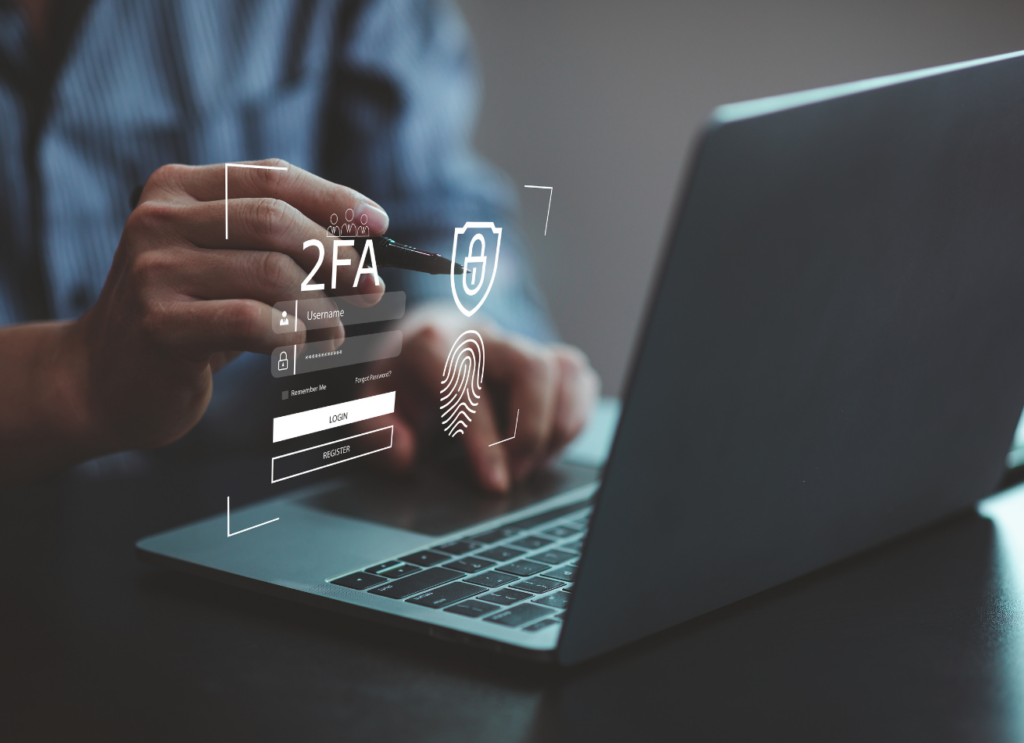The dramatic shift to remote and hybrid work models has fundamentally altered the cybersecurity landscape. With corporate networks now extending into thousands of home environments, the traditional security perimeter has dissolved, creating unprecedented challenges for IT security teams. This expanded attack surface, combined with evolving threat vectors specifically targeting remote workers, demands a comprehensive reassessment of security strategies to protect organizational assets regardless of where employees connect.
Proven Track Record
Customer Satisfaction
We Have Completed
Typically Responds Within
Security Architecture Evolution
The distributed nature of remote work has rendered traditional perimeter-based security models largely obsolete. Forward-thinking organizations are rapidly adopting zero trust architecture—a security approach built on the principle of “never trust, always verify.” This model requires continuous verification of every user and device attempting to access resources, regardless of location or network connection. Implement contextual access controls that evaluate multiple factors—device health, user behavior patterns, data sensitivity, and connection characteristics—before granting access to corporate resources. This granular approach allows secure access for legitimate users while creating significant barriers for potential attackers, even if they compromise initial access credentials.
Endpoint security has become the critical front line of defense in remote environments where corporate devices share home networks with potentially vulnerable personal devices. Deploy comprehensive endpoint protection platforms that combine traditional antivirus capabilities with advanced features like behavior monitoring, exploit prevention, and automated response. Ensure all remote devices maintain encrypted storage, automated patch management, and secure configuration baselines. Consider implementing endpoint detection and response (EDR) solutions that provide continuous monitoring and threat hunting capabilities, enabling security teams to detect and respond to sophisticated attacks that evade preventative controls.
Human-Centered Security
Even the most sophisticated technical controls can be circumvented if remote workers don’t understand their security responsibilities. Develop remote-specific security training that addresses the unique challenges of home environments, including secure Wi-Fi configuration, physical workspace security, and recognizing targeted phishing attempts that exploit remote work contexts. Move beyond annual compliance training to create ongoing security awareness programs that use microlearning, simulations, and real-world examples to build security-conscious behaviors.
Supporting secure collaboration requires providing employees with enterprise-grade tools that balance security requirements with productivity needs. Deploy comprehensive collaboration platforms with appropriate security controls for document sharing, communication, and project management. Implement data loss prevention capabilities that protect sensitive information across these collaboration channels, and ensure remote access solutions incorporate strong authentication without creating excessive friction for legitimate users. Remember that if security measures significantly impede productivity, employees may seek unsanctioned workarounds that create even greater risks. The most effective remote security strategies find the balance between protection and practicality.

Security Effectiveness Metrics
- 65% reduction in successful phishing attacks through targeted remote work training
- 72% faster detection and containment of security incidents
- 43% decrease in unauthorized application usage after deploying secure collaboration tools
- 57% improvement in vulnerability remediation timeframes
- 68% reduction in compromised credentials through multi-factor authentication
Conclusion
Securing remote work environments requires a fundamental shift in security thinking—from protecting locations to protecting people, data, and devices wherever they operate. By implementing zero trust architecture, strengthening endpoint security, developing human-centered security awareness, and enabling secure collaboration, organizations can maintain robust protection while supporting the flexibility employees need. As remote and hybrid models become permanent fixtures of the modern workplace, these security adaptations will prove essential not just for risk management, but for sustainable business operations.


